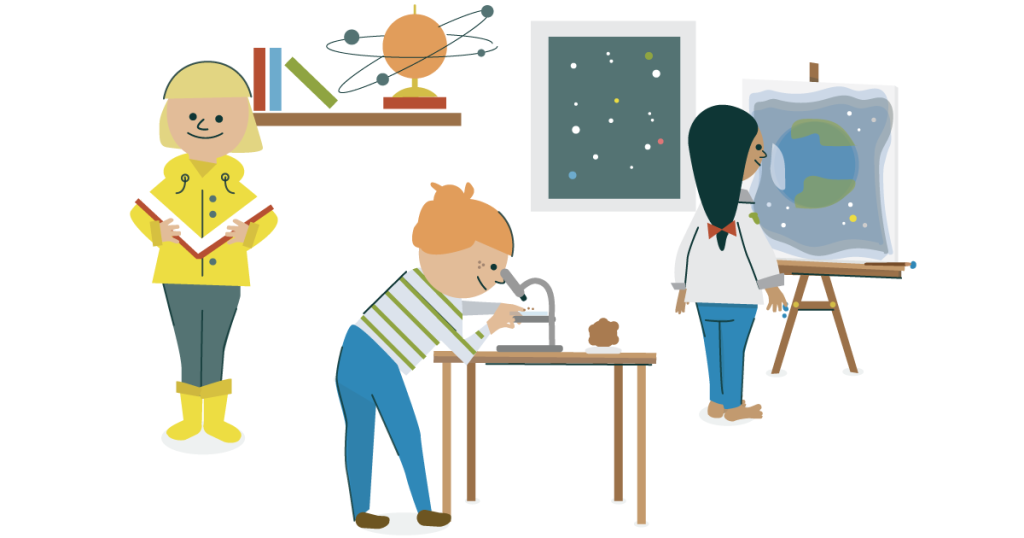Differentiating Instruction: What does it mean?
The need to cater for a diversity of learners in the same classroom causes a significant tension for many teachers. On the one hand, teachers desire to see all their students learn and grow, and therefore recognize the need to differentiate instruction. On the other hand, many teachers also feel overwhelmed by the task. So the concept often gets left as an impossible ideal.
Perhaps a more careful definition and robust understanding of the concept can help us navigate this tension.
What differentiated instruction is not…
- Providing “easier” or “harder” work for students according to their ability. This approach tends to result in students who are already ahead getting even further ahead, while their less capable peers get further behind.
- Individualized instruction. Having an individual education plan for every student in your class is simply not practical. And even if it were possible, it might not be desirable anyway.
- Prioritizing the needs of a few students. Differentiated instruction benefits all students – those “in the middle” as well as the high achievers and struggling students.
Differentiated instruction aims to make learning meaningful and accessible for all students. This involves…
- Clear learning goals that address the core concepts and skills that all students will learn.
- Flexibility in the context within which students will learn those concepts and skills, the methods they will use to learn them, and the complexity and sophistication with which they will meet the learning goals.
Or to put it another way: Differentiating instruction maintains common learning goals, but builds variety and choice into one or more aspects of the learning experience…
- Content. While the core concepts and skills remain the same for all students, the particular contexts in which they are developed do not need to be. Different exemplars can be studied to learn about the important features of a core concept. There may be multiple situations in which the same core skill can be developed and applied.
- Resources. Students can be given access to the same information in different ways (visual, auditory, tactile) and/or at varying degrees of complexity.
- Learning strategies. Students can be provided with a choice of ways to process new information in order to make sense of it and connect it to prior learning – writing, drawing, speaking, building.
- Assessment. The form in which students demonstrate their learning can be varied.
- Classroom environment. The physical space in which the student learns could be adapted to cater for the needs of different students – level of noise, degree of co-operation with other students, amount and type of physical movement.
To keep it effective, keep it manageable! You need not vary all of these things all of the time, or provide an unlimited range of options for students. Too many options all at once is unmanageable for the teacher and easily becomes overwhelming for the students too. Offering two choices/variations on two of the above aspects in a unit (topic of study) could be enough to significantly increase student access to meaningful learning. Then choose one or two different aspects to offer flexibility on in the next unit. The cumulative effect is what we are after.
What is your response to these ideas? How does it make you feel about differentiating instruction in your classroom? Share your thoughts in the comments below.
Like everything else in education, these ideas are not neutral. They are founded on assumptions about the purpose of education, the nature of students and learning, and the role of the teacher. These assumptions, based on a Biblical worldview, will be the topic of the next post.


Comments